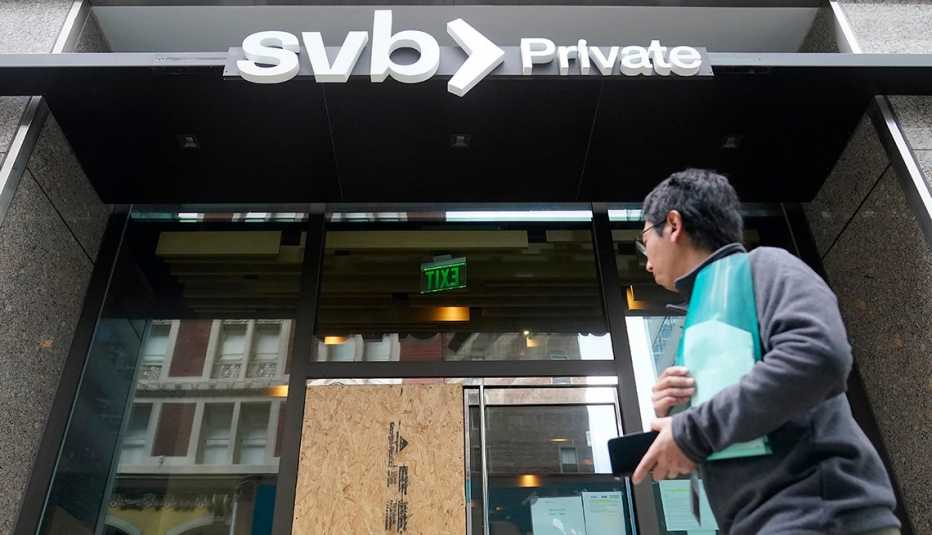Staying Fit
The recent failures of Silicon Valley Bank and Signature Bank rattled people with cash deposits at banks and made the workings of federal deposit insurance household knowledge.
But what about retirement account holders? Do they have reason to fear for their 401(k) or individual retirement account (IRA) nest eggs if their brokerage, mutual fund company or plan provider fails?


AARP Membership— $12 for your first year when you sign up for Automatic Renewal
Get instant access to members-only products and hundreds of discounts, a free second membership, and a subscription to AARP the Magazine.
The good news is that just as cash accounts held at banks insured by the Federal Deposit Insurance Corporation (FDIC) are protected (up to $250,000 per depositor per bank), there are safeguards in place for owners of retirement accounts.
Let’s start with what the FDIC covers, and what it doesn’t, when it comes to retirement plans.
The FDIC does not insure securities
The main difference between a savings or checking account and a retirement account is that the money in 401(k)s, IRAs and other retirement savings vehicles are typically invested in securities such as stocks, bonds and mutual funds.
Self-directed retirement plans like 401(k)s, individual retirement accounts (IRAs) and Keogh plans may include deposit products such as savings accounts, checking accounts and certificates of deposit (CDs), and these are FDIC insured up to $250,000. But the agency does not cover money invested in securities, even if the plan doing the investing is affiliated with an FDIC-insured bank.
Let’s say your 401(k) at work has a balance of $400,000, with 50 percent invested in stocks, 25 percent in bonds and 25 percent in a money market account. Only the $100,000 in the money market would be covered by the FDIC.
The FDIC also does not offer you any protection from declines in the value of your investments due to market fluctuations.
Enter the regulators
So, who protects the bulk of your retirement savings? Fortunately, there is a safety net for money you have invested in financial markets, woven by public and private financial regulators.







































































